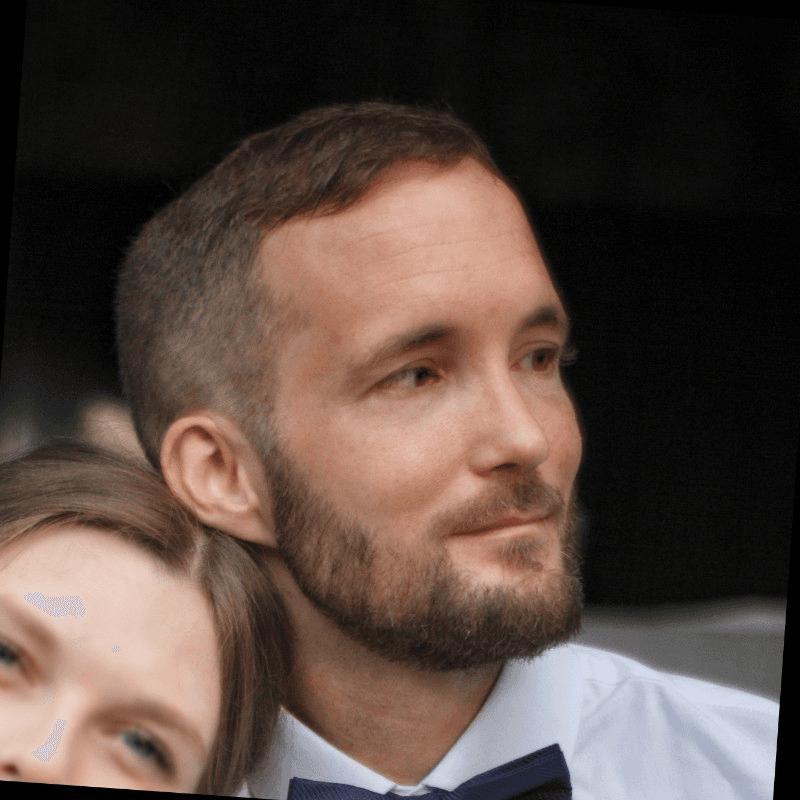How Bootstrapped Mariener Eyewear Built a High-Performance Sunglasses Brand Online


Business Description
Table of Contents
Navigate through the case study sections
Executive Summary
Case Study Content
Spotting a Market Gap
In 2012, Marien Klootwijk hit a wall while shopping for sunglasses. He wanted a pair that felt sturdy, looked sleek, and wouldn’t cost a fortune. Most options were either cheap fashion knock-offs that warped in a few weeks or designer frames priced out of reach. Frustrated with the status quo, he scribbled ideas on a napkin—straight lines, minimal branding, performance lenses—and realized he could build something better himself.
That moment turned into a mission: create no-nonsense eyewear with a clean, high-performance design at entry-level prices. He decided to showcase The Netherlands in every detail, peppering his site with orange highlights and Dutch copy that struck a friendly tone. From day one, the focus was on solving a real problem instead of chasing trends.
Building a Lean Online Store
Funding was tight—Mariener was bootstrapped and every euro counted. After testing a handful of SaaS carts, he pulled the plug on high monthly fees and extra transaction charges. Switching to WordPress and WooCommerce was a game changer. He launched a fully functional store with zero subscription costs, intense control over design, and the option to add specific extensions when needed. It was a DIY solution, but one that kept the overhead low and the runway long.
The store design reflected the product’s ethos. Navigation was stripped down, product pages were uncluttered, and the checkout was a breeze. Even with little design experience, Marien used free plugins and a low-cost theme to achieve a professional look—proving that you don’t need a big agency to have a polished presence.
Niche Focus and Crowdfunded Innovation
Once the store was live, Marien knew he had to differentiate beyond price and style. He partnered with a lens manufacturer to develop matte reflective lenses—dark outside, fully transparent inside. Since tooling costs are high, he turned to crowdfunding. He set up a Kickstarter page with clear goals and early-bird rewards priced just above production cost. The campaign not only raised cash but validated the idea and built anticipation among backers.
That’s when questions flew in: Would the lens really work in bright sun? How durable is the finish? To answer them, Marien posted detailed update videos and responded to comments. The open communication added trust for both pre-orders and future customers. By the end of the round, he exceeded the funding target by 20%, securing cash for the first batch and proof of concept.
Social Proof and Localization
Selling online means winning trust fast. Mariener integrated a Dutch review platform, Webwinkelkeur, which automatically emails customers after delivery and publishes their ratings on the site. Stars and written feedback went onto every product page, reassuring new visitors. In the footer, he featured a live feed of customer selfies from Instagram, so visitors saw real people wearing the sunglasses.
Since most buyers were in The Netherlands, he used WPML to make the site bilingual. Having both Dutch and English versions boosted SEO for local searches and let him target ex-pat communities. Traffic trends showed the bilingual pages ranking higher for keywords like “zonnebril goedkoop” (cheap sunglasses), which helped expand reach without extra ad spend.
Turning an Online Shop into a Marketing Hub
Marien didn’t stop at a simple storefront. He used the Global Addons plugin to suggest relevant items—lens cords, cleaning kits, cases—on each product page, lifting the average order value. He set up segmented email lists via MailPoet: one for new sign-ups, another for repeat buyers, and a third for those who abandoned carts. Each list got tailored messages about care tips, new arrivals, or limited-time discounts.
The blog added another layer, with posts on sunglasses storage, style pairing, and lens protection. Every article ended with a call to action—shop the collection or subscribe for 10% off. Though not perfect from day one, Marien tweaked headlines and tested different images until the metrics moved. It’s fast evolving, constantly changing and you’ve got to keep an eye on conversions.
Key Lessons and Next Moves
Mariener Eyewear demonstrates that a small team can compete in a crowded accessories segment with clear branding, smart funding, and a solid tech foundation. Crowdfunding cut upfront costs, open-source tools freed up budget for design, and social proof turned one-time buyers into brand fans. Today, Marien is focusing on partnerships with local events and refining his email series for even better repeat sales.
As for you, this approach works for any product niche: nail down a genuine need, test demand with low risk, and keep your marketing tight. If you follow these steps, you’ll skip many common mistakes and build momentum from day one.
Key Takeaways
- 1Mariener Eyewear was born after founder Marien Klootwijk sought affordable, high-performance sunglasses and couldn't find any that fit his budget.
- 2The brand’s clean, no-nonsense design and Dutch-inspired color scheme helped it stand out in a crowded accessories market.
- 3By choosing WordPress and WooCommerce, Marien kept overhead low and avoided recurring fees common in SaaS platforms.
- 4A successful crowdfunding campaign financed an exclusive matte reflective lens technology, giving the brand a unique selling point.
- 5Integrating user-generated content and local review service Webwinkelkeur boosted site trust and created a sense of community around the product.
- 6Targeted newsletters via MailPoet and cross-selling suggestions on product pages have accelerated conversion rates and repeat orders.
Tools & Technologies Used
Premium Content Locked
Subscribe to access the tools and technologies used in this case study.
Subscribe NowHow to Replicate This Success
Premium Content Locked
Subscribe to access the step-by-step replication guide for this case study.
Subscribe NowInterested in Being Featured?
Share your success story with our community of entrepreneurs.
Explore More Case Studies
Discover other inspiring business success stories

How Mohit Tater Grew BlackBook Investments to a $10M Website-Flipping Empire
Mohit Tater’s journey from Zomato employee to founder of BlackBook Investments showcases how strategic website acquisiti...
BlackBook Investments

How Swedish Twins Doubled Their Finance Site Revenue in a Year
In just 12 months, siblings Axel and Svante Hansson scaled their Swedish finance website Buffert.se from 200 monthly vis...
Buffert.se

How Nextbase Skyrocketed DTC Conversions 8× with BigCommerce
Nextbase, the leading UK dashcam manufacturer, replaced a legacy content system with BigCommerce’s no-code SaaS platform...
Nextbase